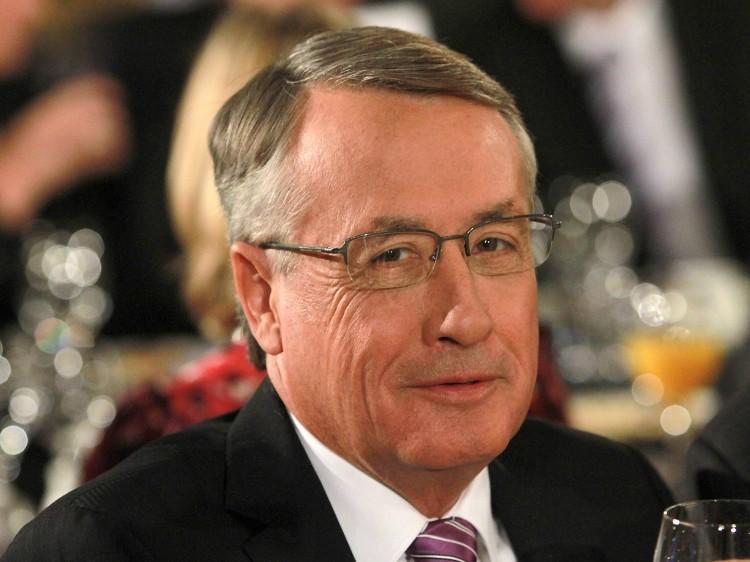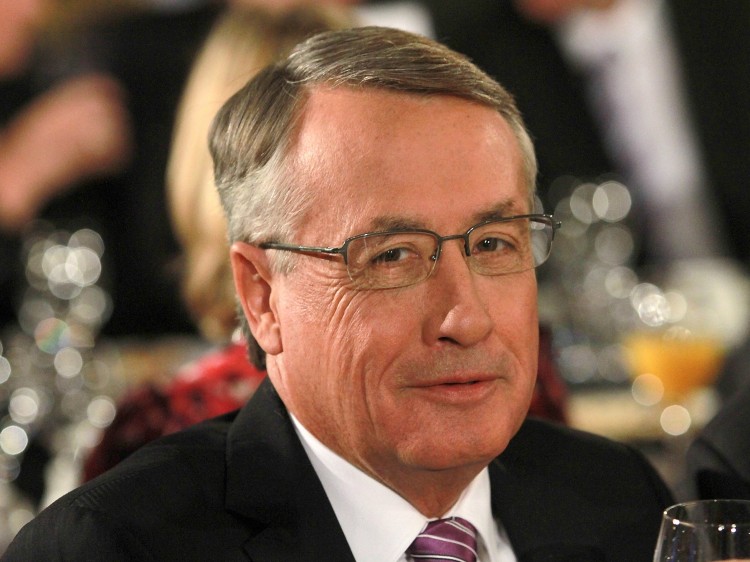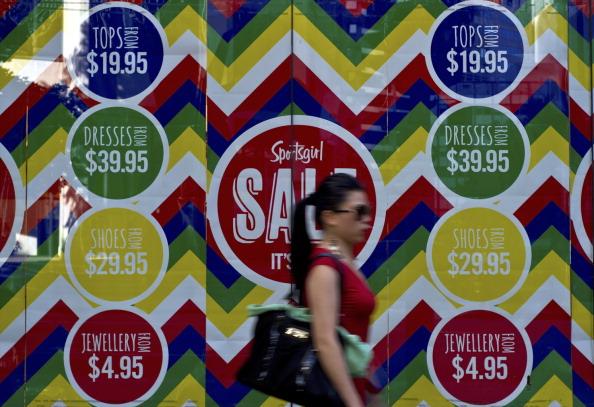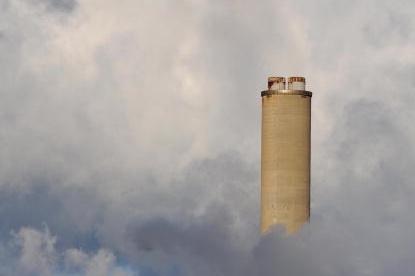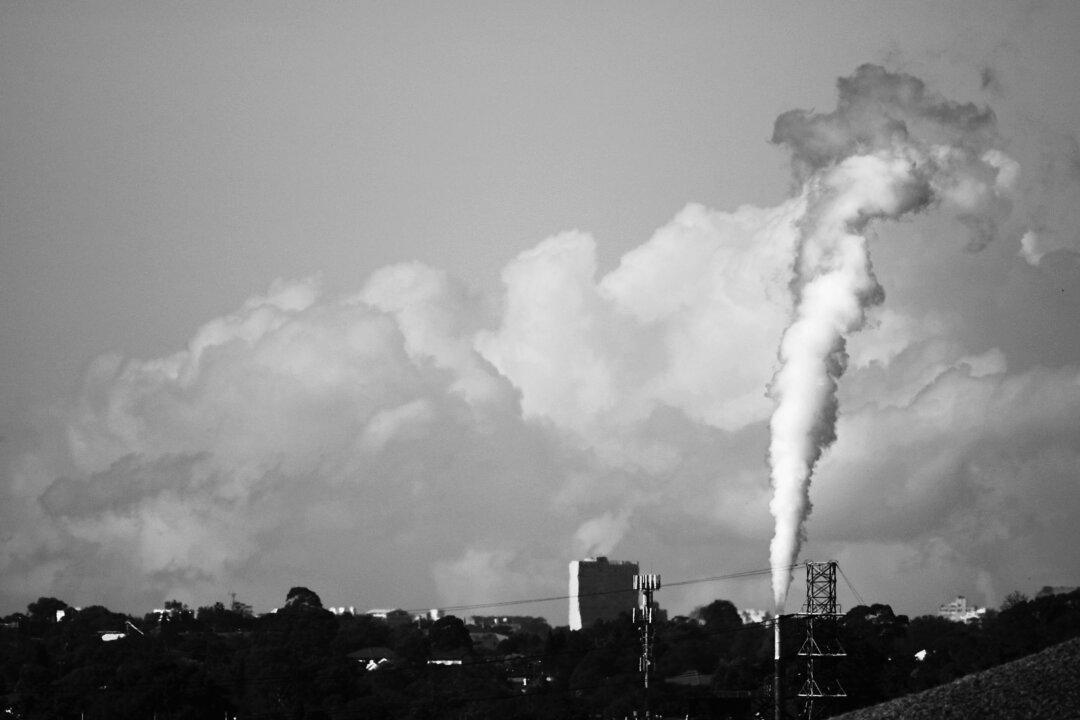The dollar remains stubbornly high and mining investment is set to wane, as weaker than expected figures may indicate the start of a downward trend.
The Australian economy grew a modest 0.5 per cent in the September quarter—slightly below the market expectation of 0.6 per cent—bringing annual GDP growth to September to 3.1 per cent, according to Australian Bureau of Statistic figures released last week.
The annual growth rate of 3.1 per cent has slowed from 3.7 per cent to June and 4.4 per cent to March.
However, Australia’s growth still remains the strongest out of all advanced economies.
Treasurer Wayne Swan welcomed the news. “Our economy has achieved this solid growth performance amid global turbulence, along with low unemployment and strong investment, at the same time as inflation remains contained and interest rates are low – a combination that Australian can feel proud of and confident about,” said Mr Swan in a statement released in response to the figures.
The quarter’s growth was largely fuelled by increases in private demand and new business investment—up 1.5 per cent and 5.6 per cent for the quarter respectively. Both were on the back of strong mining investment and business spending on machinery and equipment. Housing construction also posted a modest 0.7 per cent gain for the quarter (3.3 per cent over the year), signalling the lower interest rates have effectively attracted more homebuyers.
Household consumption remained tepid over the quarter rising only 0.3 per cent. This brings annual consumer spending to 3.3 per cent, down from 4 per cent to June and from the long run average of 3.6 per cent. The weaker consumption figures can be attributed to a decline in total labour income of 0.3 per cent (1 per cent in real terms)—the first fall since June 2009.
The biggest drag on the economy was the 4.4 per cent deterioration of public spending—including a sharp 18.8 per cent fall in public investment. This has no doubt from tightening of government fiscal policy, especially as the Federal Government races to a surplus for the next financial year (a task made much more difficult as economic growth slows).
These figures will surely give further stake to former RBA governor Bernie Fraser would told The Australian Financial Review that Australia was suffering from the “stupidity of government” as the Federal Government pursues a surplus, whilst interest rates have moved to record lows.
The story from the states is also bleak. Only WA and NSW experienced growth in the September quarter—and NSW only grew by 0.1 per cent. WA’s growth of 2.3 per cent remains the key impetus behind the economy. Every single other state contracted in the quarter, with SA being the worst hit, declining 3.2 per cent.
“With the Australia dollar remaining high and employment prospects looking subdued it appears that this report is pointing to a need for further monetary stimulus” said Bill Evans, Westpac Chief economist.
There remains no reprieve for the economy with more data released last week suggesting the economy is continuing its downward trend. The unemployment data revealed participation is declining, whereas trade statistics revealed a massive 47 per cent decline in our trade balance in September.
With the dollar remaining stubbornly high as record low interest rates fail to curb its appreciation, and with mining investment set to moderate over the next year, the data is pointing to tough times ahead for the economy.
The Epoch Times publishes in 35 countries and in 19 languages. Subscribe to our e-newsletter.
